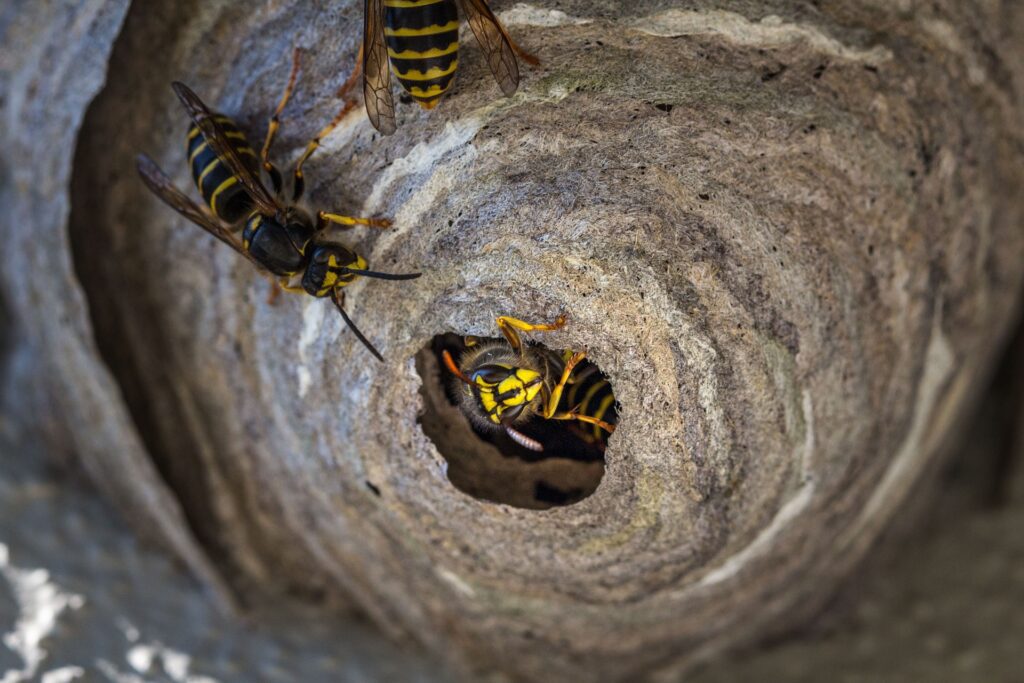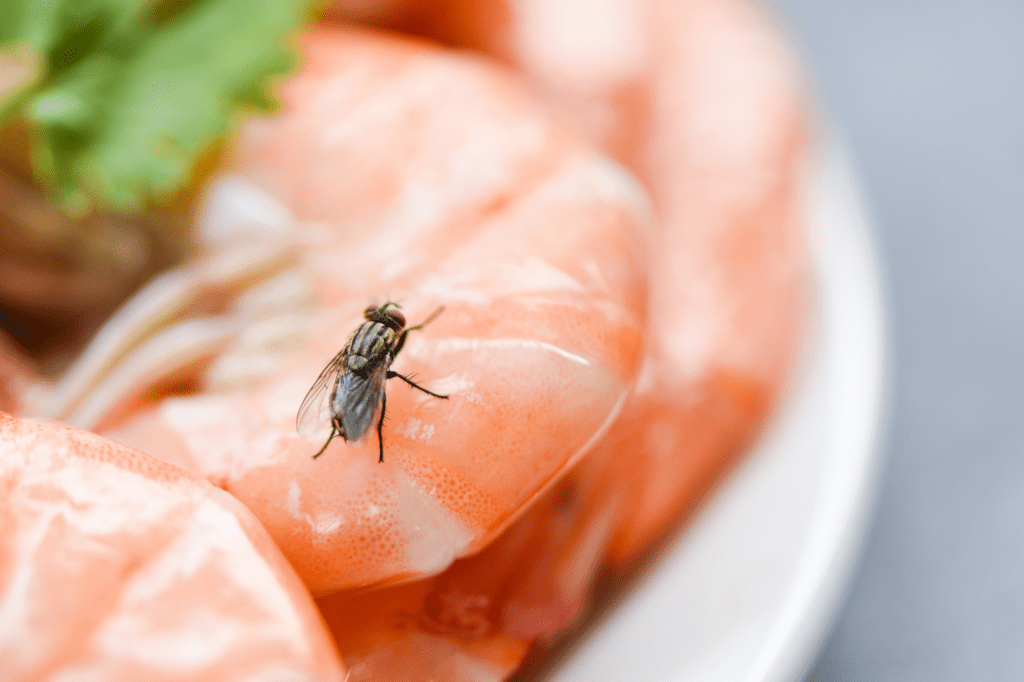Ticks, ticks, they’re everywhere! Ticks are the uninvited guests of the warmer months, and they always seem to outstay their welcome. With their tiny size and ability to transmit diseases, ticks are more than a creepy pest – they’re downright dangerous. Unfortunately, this year is gearing up to be an extra heavy tick season, making it harder to stay tick-free this summer. The uptick (pun intended) is brought on by the warm winter and heavy snow, which means that these little critters are expected to be out in full force. Are you ready for the summer tick extravaganza? They’re throwing a months-long biting bash and surprise – everyone’s invited! But who in their right mind wants to be the VIP of a blood-sucking parasite? Definitely not me, and probably not you either! So, let’s delve deeper into the world of ticks and learn how to stay tick-free and protect ourselves from these pesky party crashers.
Ticks – The More You Know:
Ticks are external parasites, or as we like to call ‘em “the ultimate bloodsucking freeloaders” and unlucky for us they don’t discriminate when it comes to their hosts. Ticks will feed on anything that moves, whether it’s a mouse, a bird or your dear old grandma. Once they’ve found their victim, they use their hypostome, a barbed structure in their mouthparts, to latch onto their host’s skin and suck their blood for days on end.
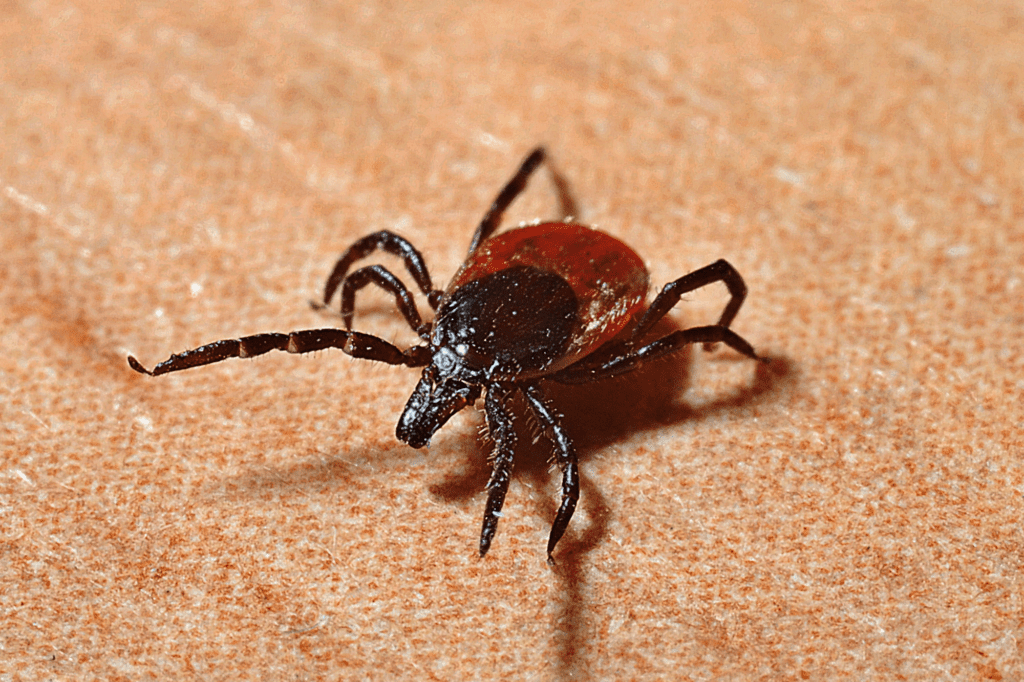

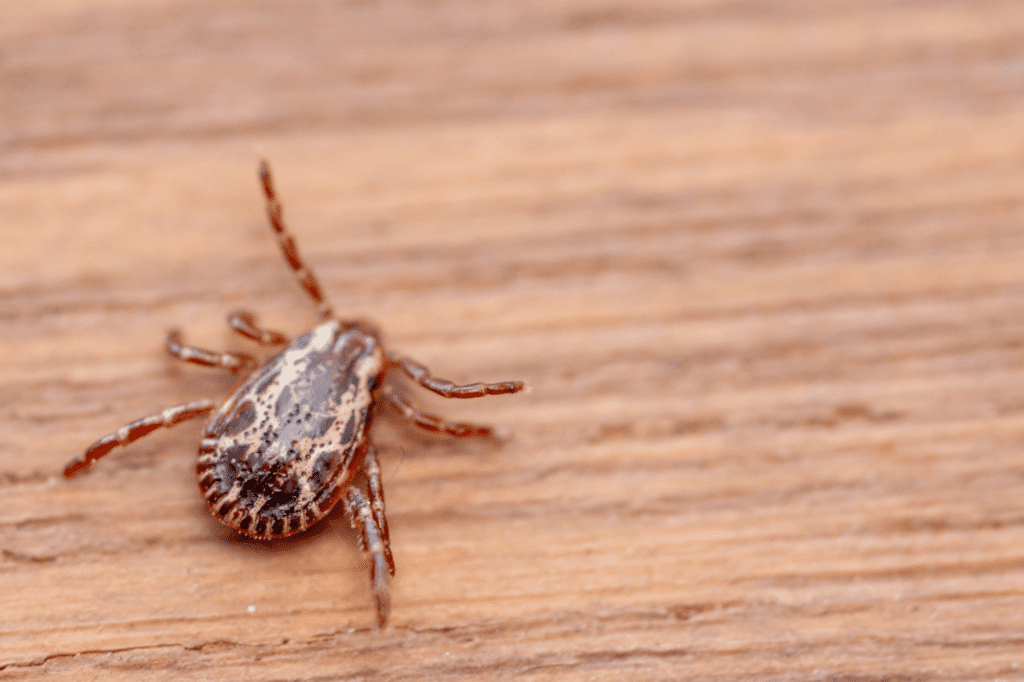
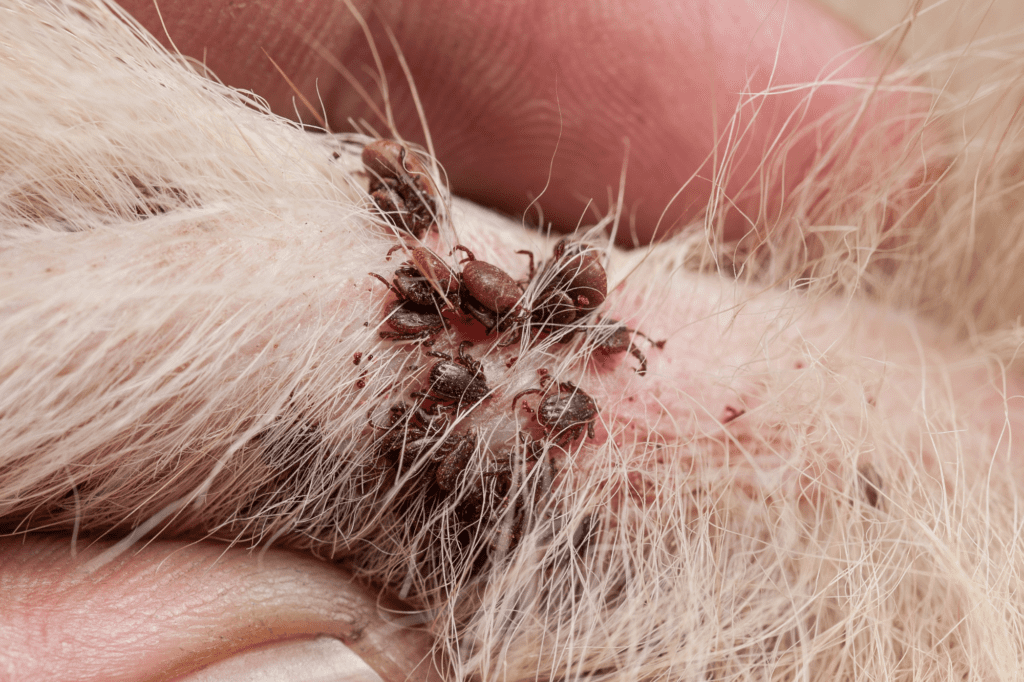
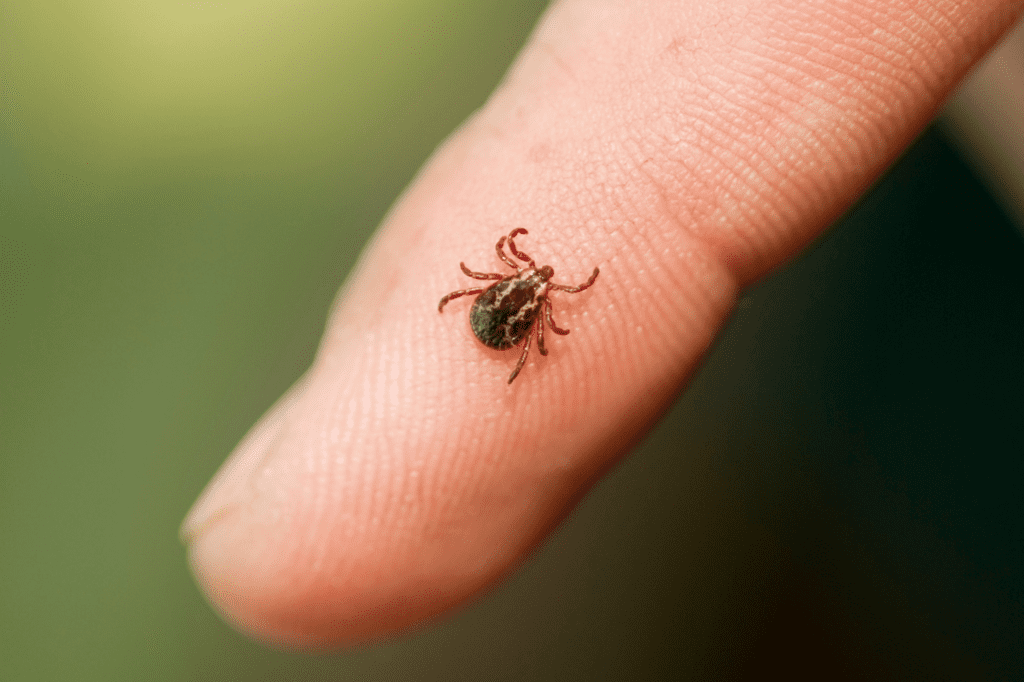
Ticks are most active during the warmer months but can be found year-round in some regions. These pests love nothing more than hanging out in heavily wooded or grassy areas, but they’re not picky – you can find them in your backyard, in the park and even in your garden. Here’s a handy tick map to see which species may be living in your neighborhood.
The Deer Tick, the Lone Star Tick, the Dog Tick – these aren’t the names of a Western movie. Nope, they’re just some of the ticks you might encounter in the good ole US of A. Each type has its own preferred host and can transmit a variety of diseases.
The Black Legged Tick, also known as the Deer Tick, is a big shot in the world of ticks. Its favorite host and distribution method is the white-tailed deer, earning it the Deer Tick nickname. Unfortunately, this tick is the carrier of Lyme Disease, making it a VIP – Very Infectious Parasite. This tick has a unique look, with a reddish-brown body and a black shield on its back. Both the tiny seed-sized nymph and the larger adult female deer ticks can spread diseases.
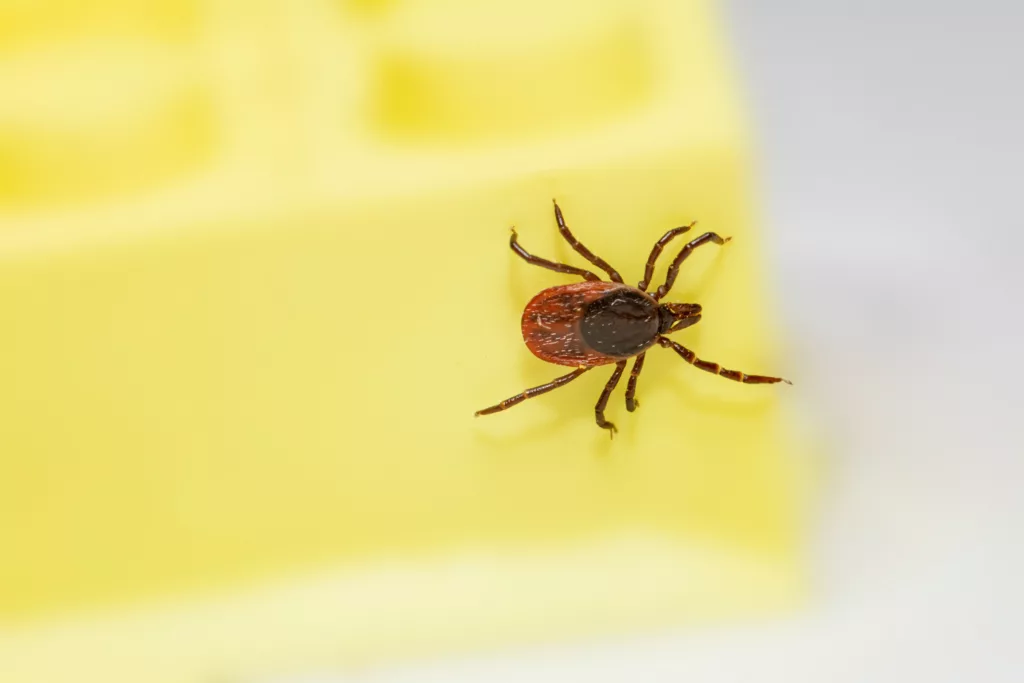
The Lone Star Tick is not afraid to show off its distinctive white spot or “star” on its back. This medium-sized tick is known for its aggressive behavior toward humans. This tick is a carrier of several diseases and can also cause Alpha-Gal Syndrome, which is like an allergy to red meat. So, if you’re a carnivore and planning a picnic in a grassy field, be sure to keep an eye out for this tick, it’s not your friend.
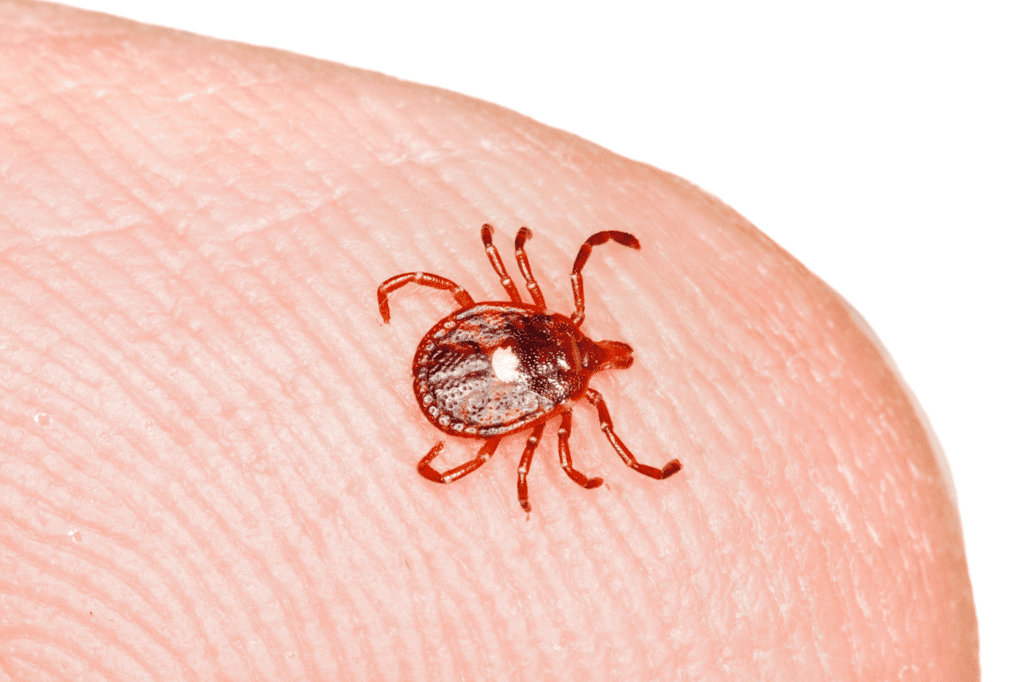
The Dog Tick, also known as the Wood Tick, can be found throughout the entire United States and is a carrier of Rocky Mountain Spotted Fever. Unlike other tick species, the Dog Tick is able to complete its entire life cycle indoors, making it a major pest in kennels, homes and other indoor environments. This tick species has a reddish-brown body and is typically found on dogs, hence its name. It is important to regularly inspect dogs and their indoor environments to prevent infestations of the Dog Tick.
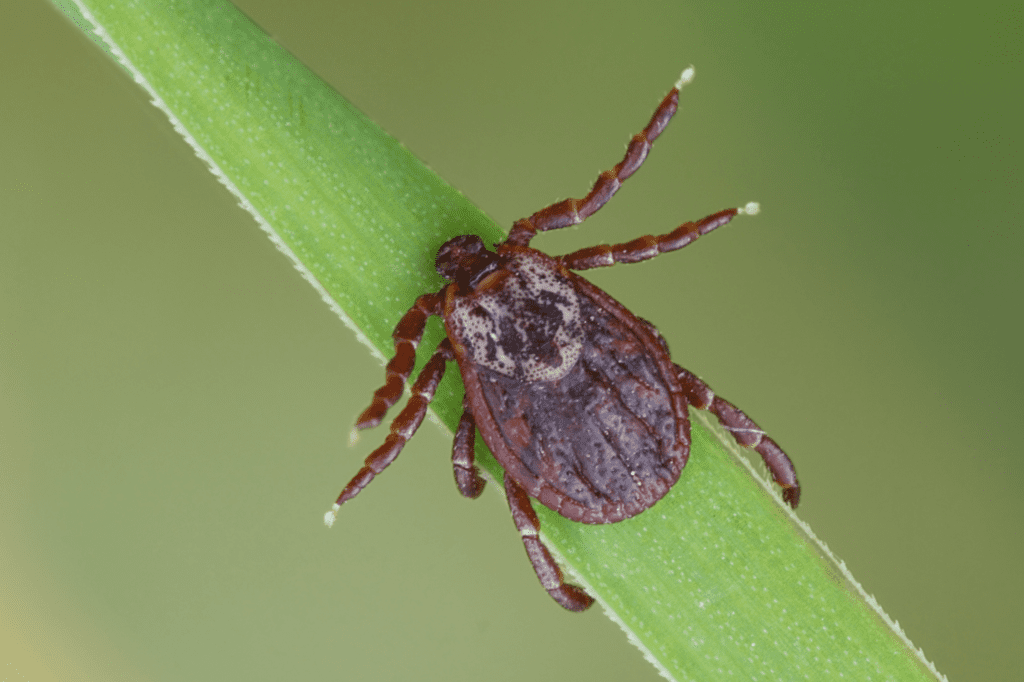
Ah, ticks – nature’s tiny vampires and givers of some seriously nasty diseases. Tick-borne diseases are like the unwanted party favors you get at the end of the night. Lyme Disease, Rocky Mountain Spotted Fever, and Ehrlichiosis are just a few of the gifts ticks can give you. And trust us, you don’t want to keep any of these souvenirs. The Mayo Clinic offers an extensive guide on tick species and the diseases they can transmit to humans. This guide provides valuable information for people who live or travel in areas where ticks are common. By learning about different tick species and the diseases they carry, individuals can take necessary precautions to stay tick-free, prevent tick bites and seek prompt medical attention if they experience any symptoms of tick-borne illnesses.
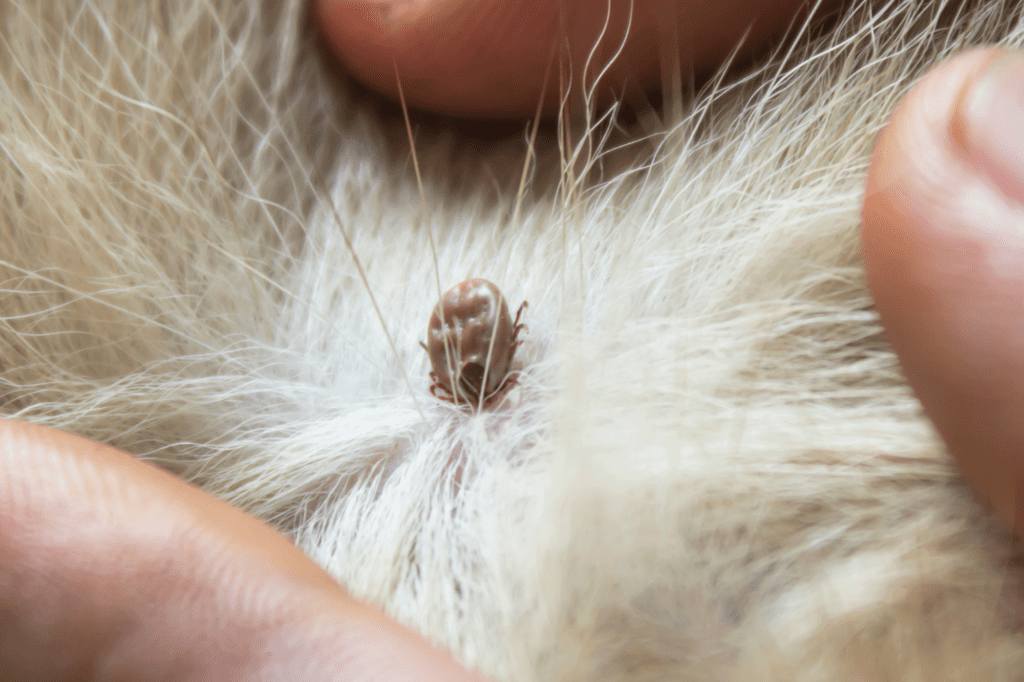
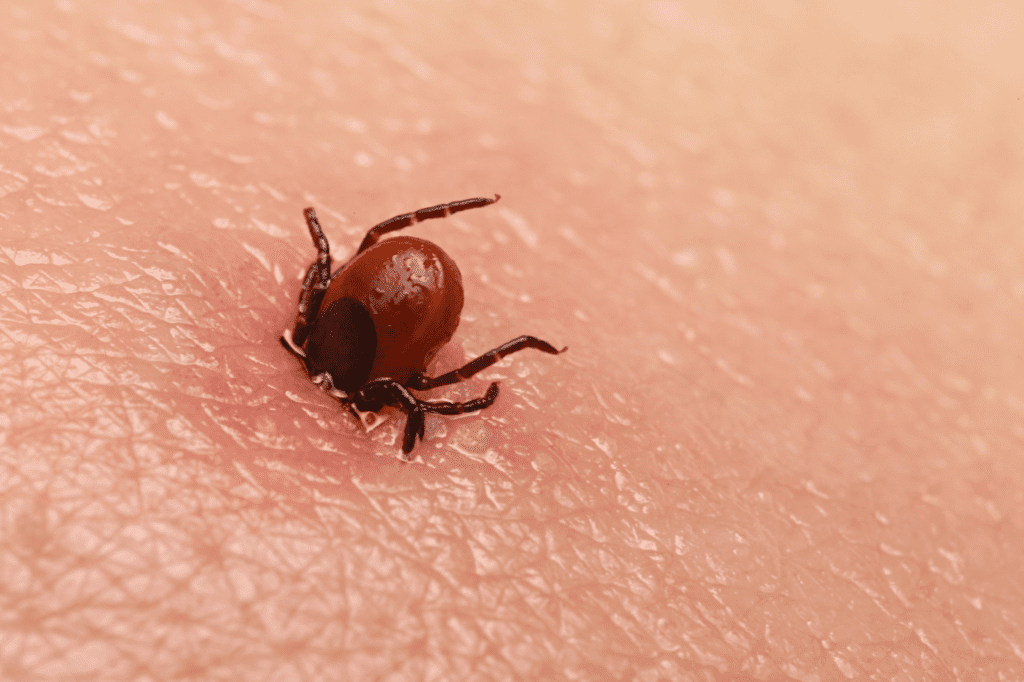
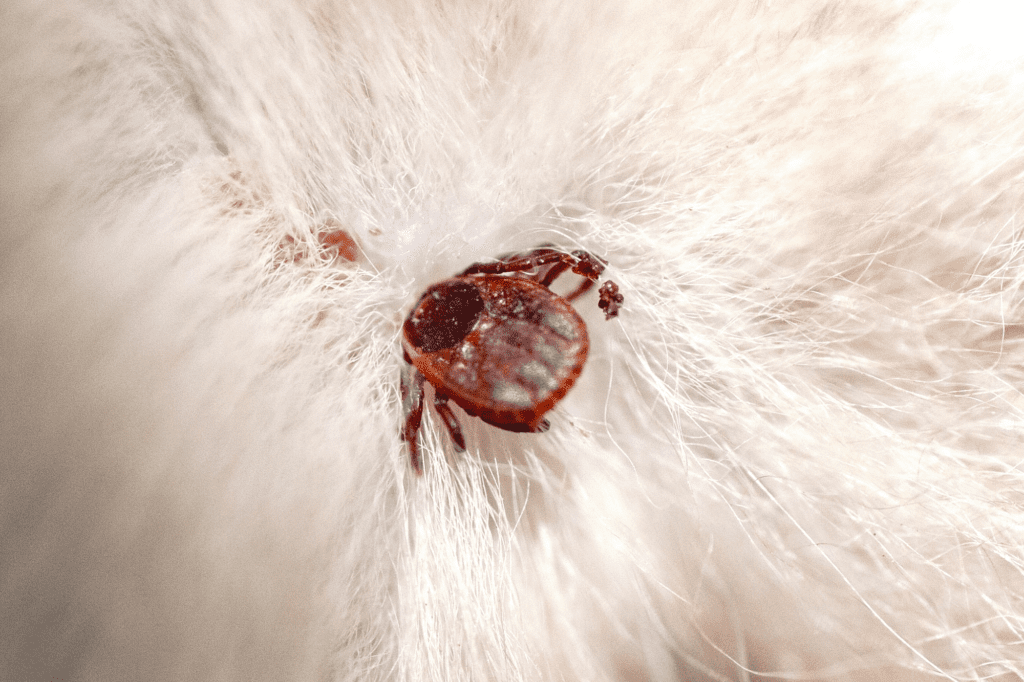
Ticks can be a nuisance and potentially dangerous, but there are several things you can do to protect yourself and be as tick-free as possible. In addition to wearing long-sleeved shirts, long pants, and socks, you can also choose light-colored clothing which can help make it easier to spot any ticks that may be crawling on you. Tucking your pants into your socks and wearing closed-toe shoes can also make it harder for ticks to climb onto your skin. Additionally, using insect repellent that contains DEET and/or permethrin can be effective in keeping ticks at bay. Always remember to do a tick-check after spending time outdoors – this means checking your clothes, hair, and body for any ticks that may have hitched a ride with you. By taking these precautions, you can enjoy the great outdoors without worrying about tick bites and the diseases they can transmit.
Ticks are like the party crashers you never invited but always show up anyway. With this year’s heavy tick season, it’s more important than ever to protect yourself and your loved ones. Don’t let ticks take over your life, if your yard has a tick infestation it’s best to call a professional immediately. Effective and efficient pest control is what Madsen Pest does best, so give us a call at (715) 791-4777. Our expert technicians are productive and thorough, allowing you to be tick-free this summer!
Related Posts
Signs of Wasp Infestation and Preventative Measures
Wasps are one of the more aggressive stinging insects you can encounter. While many species of bees only sting once, wasps can sting multiple times. Their stings can be painful and if you are allergic, they can also be dangerous.
Flies and Food Contamination
Flies carry some dangerous diseases and parasites including gangrene, dysentery, tuberculosis, anthrax, and even the plague!
Nuisance Wildlife and Related Diseases
Whether it’s hunting, fishing, or conquering wooded trails, you are bound to encounter wildlife. While the creatures you encounter may seem innocent and even cute, some animals can be dangerous and have the potential to spread infectious diseases.

